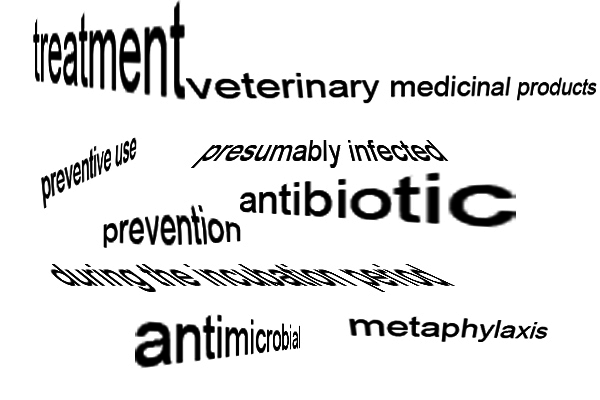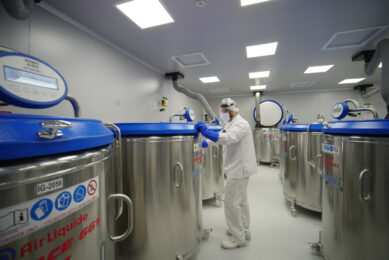BLOG: Definitions, definitions, definitions

Without some proper definitions how are we meant to determine the significance of the new European Commission (EC) regulation proposals regarding veterinary medicines and feed medication in particular? Their significance is particularly important in pig production in Europe as medicated feed is commonly used in many Member States and could have a major impact on the health and welfare of the animals and the way that they are reared.
In the preamble to the medicated feed regulation proposals (COM (2014)556 Final) in point 19 it states: – “Taking into account the serious public health risk posed by antimicrobials, it is appropriate to limit the use of medicated feed containing antimicrobials for food-producing animals. Preventive use or use to enhance the performance of food-producing animals should in particular not be allowed.”In Article 16 point 2 it reiterates that: – “Medicated feed containing antimicrobial veterinary medicinal products shall not be used to prevent diseases in food-producing animals or to enhance their performance.”
I referred to some of these issues in my weblog of October 1st calling for some definitions regarding treatment, metaphylaxis and prevention and recently these have been reviewed by the European Medicines Agency (EMA) (EMA/CVMP/414812/2011-Review 1) to help clarify them following their original response to the EC in July 2011.
- Treatment – refers to the treatment of an individual animal, or a group of animals showing clinical signs of an infectious disease.
- Metaphylaxis – refers to the administration of the product at the same time to a group of clinically healthy (but presumably infected) in-contact animals, to prevent them from developing clinical signs and to prevent further spread of the disease.
- Prevention – refers to the administration of an antimicrobial veterinary medicinal product to an individual healthy animal to prevent infection. Such a claim will only be considered in those situations where the risk for infection is very high and the consequences severe.
This is a great improvement on the earlier submission to EC as it separates animals that may be infected i.e. carrying the infection before they have had time to develop clinical signs (i.e. during the incubation period) and those that are uninfected and may become infected, if put in contact with infected animals. Some of my concerns were that the original definition of prevention included both groups of infected and uninfected animals but before clinical signs had appeared. Infected pigs with Escherichia coli and Streptococcus suis at weaning are highly likely to develop clinical signs of disease including mortality, if left untreated. These new definitions need to be included in the legislation.
Another area where definitions are being manipulated, even distorted is the meaning of antimicrobials and antibiotics. These can be found in many text books (Giguère et al, 2013): –
- Antibiotic – is defined as a low molecular weight substance produced by a microorganism that at low concentrations inhibits or kills other microorganisms.
- Antimicrobial – has a broader definition than antibiotic and includes any substance of natural, semisynthetic, or synthetic origin that kills or inhibits the growth of the microorganism but causes little or no damage to the host.
Antibiotics are naturally occurring substances and are included within the definition of antimicrobial products. Antibiotics also can include substances that not only attack bacteria (antibacterials), but also fungi (antifungals) and protozoa e.g. many anticoccidials such as monensin, narasin and salinomycin. Antimicrobials cover a broad range of substances both naturally and artificially produced (synthetics) like the fluoroquinolones and sulphonamides and as well as antibacterials, also antivirals and antimalarials, which are so important in human medicine and have some major resistance issues of their own. The antiprotozoals, such as the coccidiostats and histomonostats for poultry etc, are covered by separate legislation under the supervision of the European Food Safety Authority (EFSA).
Some EU bodies are also trying to redefine antibiotic resistance as being synonymous with antibacterial resistance, which is incorrect. Antibacterial resistance is a major focus of concern in human medicine, as are the tenuous links to animal or veterinary use. It is also the primary focus of these new EC regulation proposals and should be used accordingly, where required, in future legislation and discussions.
I am sorry that these are rather dry subjects to write on at this time of year but in the New Year the debates on the new legislation, which could have a major impact on pig farming, will be in full flow. It would be good if we all used the same terminology, to avoid any confusion regarding these delicate issues.
May I wish all my readers a very Happy and Peaceful Christmas and the fortitude to face the upcoming events of the New Year – EC legislation, PEDV in Europe, the debacle over ASF…………..











